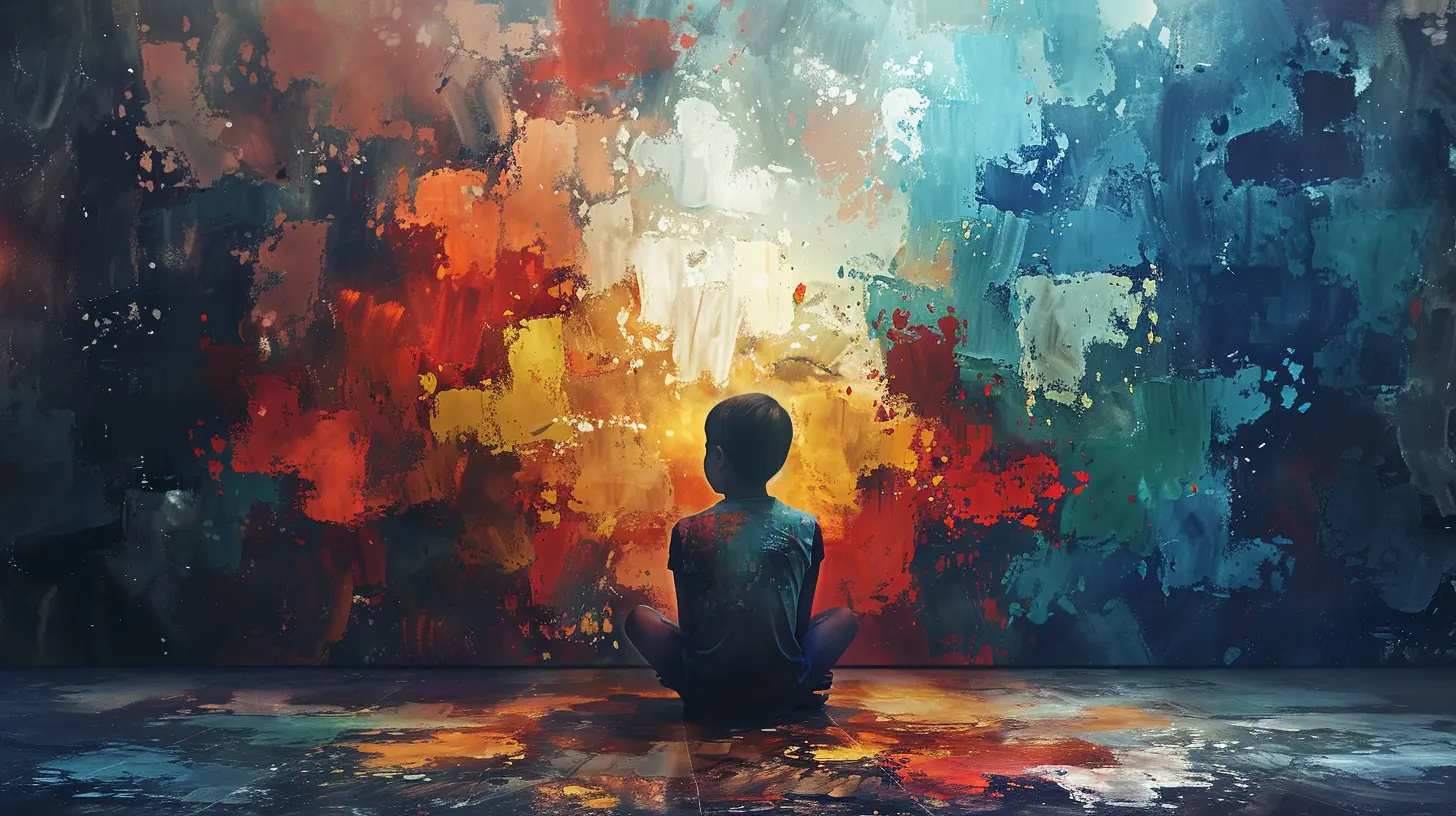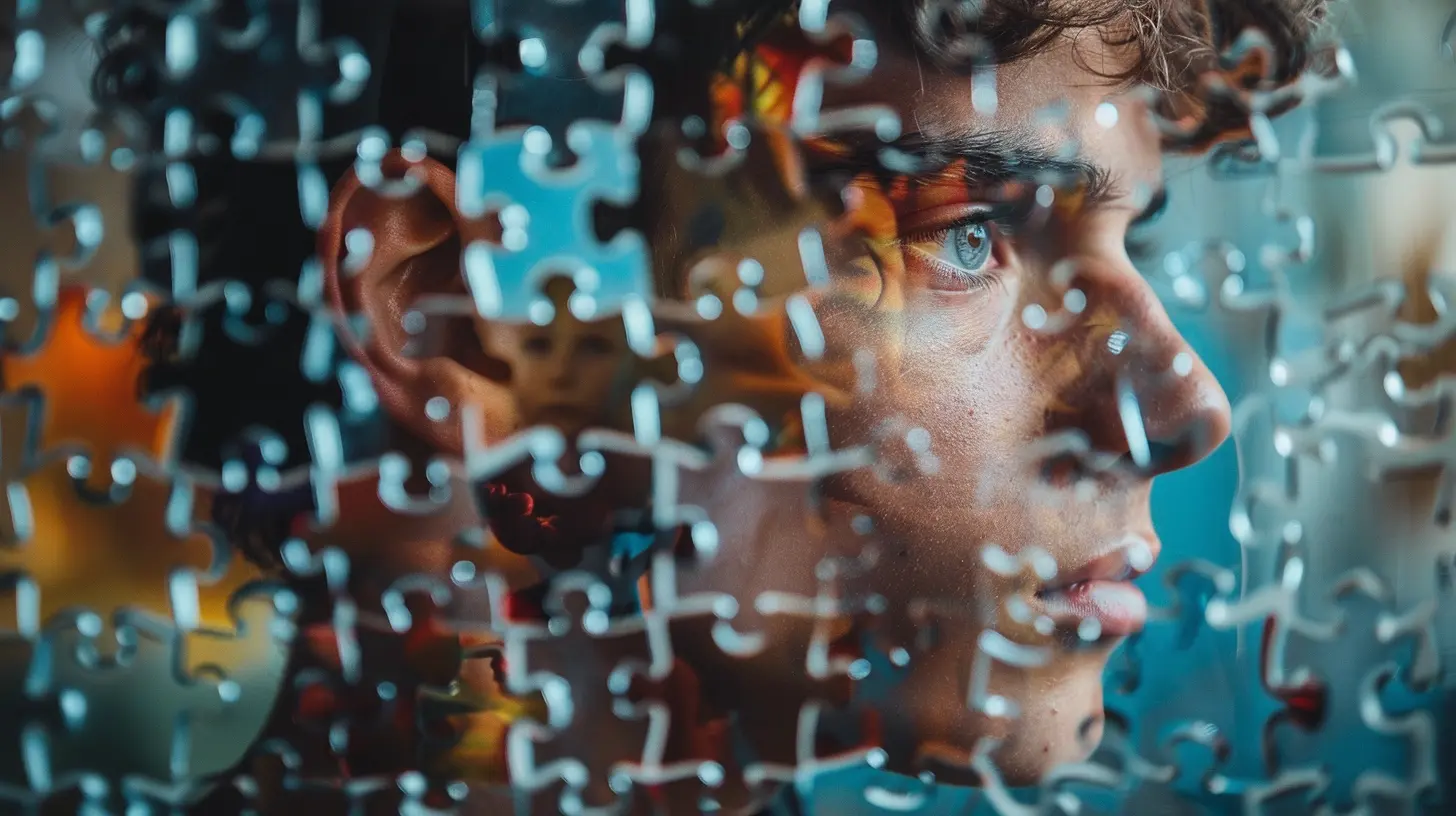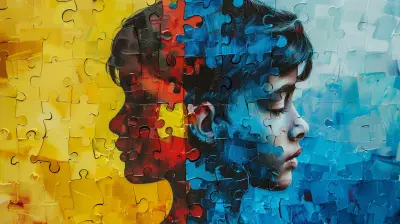Autism and Anxiety: Exploring the Connection
29 October 2025
Living in a constantly buzzing world can be overwhelming — and that’s just for the average person. Now, imagine experiencing constant sensory overload, unpredictable social expectations, and a brain wired to process information differently. For individuals on the autism spectrum, this is everyday life. It’s no surprise that anxiety often tags along like an uninvited guest.
In this article, we’re diving into the connection between autism and anxiety — why they often go hand in hand, what that looks like in real life, and how we can better support someone dealing with both. Whether you're on the spectrum, love someone who is, or are just curious, stay with me. This is one of those topics that deserves a little more heart, and a lot more understanding.
What Is Autism Spectrum Disorder (ASD), Really?
Let’s start with the basics. Autism Spectrum Disorder, or ASD, isn't a one-size-fits-all diagnosis. It’s called a “spectrum” for a reason. Think of it like a paint palette with endless shades. Some people might have strong verbal skills, others might be nonverbal. One person might avoid eye contact, while someone else could be a social butterfly in their own unique way.But here’s the key thread — autism affects how a person perceives and interacts with the world. Processing sensory input, understanding social cues, communicating thoughts, managing routines — all these things can feel different or more intense for someone with ASD. And that’s where the plot thickens when it comes to anxiety.
Anxiety Disorders 101: Not Just Butterflies in the Stomach
Anxiety is more than occasional worry or stage fright. It’s that nagging, persistent unease that sticks around and messes with your day-to-day life. It can show up as social anxiety, panic attacks, obsessive-compulsive behaviors, or generalized anxiety that doesn’t even seem to have a “reason.”When anxiety walks in, it brings along racing thoughts, rapid heartbeats, trouble sleeping, difficulty concentrating — the whole package. Now, let’s pair that with autism.
The Overlapping Symptoms: A Recipe for Confusion
Here’s the tricky thing — some symptoms of autism and anxiety can look eerily alike. For example:- Difficulty with change? That’s common in both.
- Social withdrawal? Yep, both again.
- Repetitive behaviors or routines? Could be a coping mechanism for anxiety or a natural part of autism.
This overlap often confuses even trained professionals, making diagnosis and treatment a bit like solving a puzzle with missing pieces.
Why Is Anxiety So Common in People with Autism?
Studies show that up to 40–50% of individuals on the spectrum also meet the criteria for an anxiety disorder. That’s a pretty big number. But why does this connection exist? Let’s break it down in a way that makes sense.1. Sensory Overload = Stress Trigger
Imagine being in a place where the lights are too bright, the sounds too loud, and the smells too strong — all at once. That’s what sensory overload feels like, and it’s a major source of anxiety for many autistic individuals. Imagine living in a constant state of fight or flight. No wonder anxiety kicks in.2. Social Situations Can Be a Minefield
Many people with autism struggle with social cues — understanding body language, tone of voice, or interpreting sarcasm. Navigating conversations can feel like walking on eggshells. The fear of making a mistake or being misunderstood builds up and, boom, social anxiety enters the chat.3. The Need for Routine and Predictability
Change is hard. Sudden schedule shifts or surprise events can shake the ground under someone with autism. Routines bring comfort, like a safety net. When that net is yanked away, it’s easy to spiral into worry and uncertainty.4. Self-Awareness Can Be a Double-Edged Sword
Some autistic individuals are deeply aware of their differences — which, while insightful, can lead to constant self-monitoring or a fear of judgment. That internal tension fuels anxiety, especially in school or work environments where there’s pressure to “fit in.”How Anxiety Manifests Differently in Autism
Anxiety doesn’t always wear the same mask. In neurotypical individuals, it might look like nail-biting, pacing, or overthinking. But in autistic individuals, it might show up differently. Here’s what to look for:- Increased repetitive behaviors (like stimming)
- Aggression or meltdowns (especially in children)
- Withdrawal or shutdowns
- Changes in eating or sleeping habits
- Fixation on certain topics or routines
Because these signs can blend in with typical autism traits, anxiety often goes unnoticed or untreated. That’s why it's crucial to look at behavior changes rather than relying on classic anxiety symptoms.
Diagnosing Anxiety in Autism: Easier Said Than Done
Let’s be real — diagnosing anxiety in someone with autism is kind of like trying to hear a whisper in a noisy crowd. It takes time, patience, and often a team of professionals. Many autistic people struggle to express their emotions verbally, especially younger kids. They might not say, “I’m anxious,” but their behavior will speak volumes.Psychologists often have to use modified assessments or spend more time observing to get a clear picture. Family members play a huge role here too — they often spot the subtle behavior changes before anyone else does.
Supporting Someone With Autism and Anxiety
Okay, so now we know there’s a strong connection between autism and anxiety. But what can we actually do about it? Thankfully, plenty. Supporting someone means stepping into their shoes, not trying to fix them but helping them feel safe and understood.1. Build Predictable Routines
Structure is one of the best antidotes to anxiety. Clear schedules, visual timers, and calm transitions can help create a sense of control. Think of routines as a warm blanket — comforting and familiar.2. Create Safe Spaces
Sensory-friendly environments can make a world of difference. Whether it’s a quiet room, noise-canceling headphones, or soft lighting, these little tweaks can lower anxiety levels big time.3. Encourage Communication (In Any Form)
Some people communicate with words. Others might use pictures, apps, or gestures. The key is to validate their feelings, no matter how they express them. Don’t force verbal conversation if it’s not their strength — alternative communication works just as well.4. Teach Coping Strategies
Simple calming strategies like deep breathing, squeezing a stress ball, or using grounding techniques (like the 5-4-3-2-1 method) can help manage anxiety. Practice these skills during calm moments, not just in crisis mode.5. Support Through Therapy
Therapies like Cognitive Behavioral Therapy (CBT), when adapted for autism, can be super effective. Occupational therapy, speech therapy, and mindfulness training also have their place. The key is finding therapists who truly understand autism.How Parents and Caregivers Can Help
Being a parent or caregiver to someone with autism and anxiety is a balancing act — part detective, part advocate, part full-time cheerleader. But you don’t have to be perfect.Here are a few golden rules:
- Listen more than you speak.
- Celebrate the small wins.
- Be patient with emotional rollercoasters.
- Learn about sensory preferences.
- Protect their mental health as fiercely as you’d protect their physical health.
The truth is, your calm and understanding presence can be more therapeutic than anything else.
When Medication Is (and Isn’t) the Right Choice
Let’s talk meds. They're not a magic fix, but for some, they’re life-changing. Anti-anxiety medications or SSRIs are sometimes prescribed, especially when anxiety is so intense that it interferes with daily life.That said, medication should never be the first or only line of defense. Always pair it with behavioral support, therapy, and holistic strategies. And side effects? They need to be carefully monitored, especially since autistic individuals can react differently.
The Bottom Line: A Two-Way Street of Understanding
Autism doesn't cause anxiety, but the unique experiences that come with autism can make anxiety more likely. And that’s the point. When we understand this connection, we stop asking people with autism to “just relax” or “act normal.” Instead, we say, “I see you. I get it. Let’s figure this out together.”Empathy and education go hand in hand. The more we learn, the more we’re able to support the autistic community in a way that honors their experiences and eases their mental load.
So whether you're navigating this path yourself, walking it with a loved one, or simply wanting to expand your heart and mind — keep going. The connection between autism and anxiety isn’t just about challenges; it’s about opportunities to grow stronger, together.
Final Thoughts
Autism and anxiety are deeply intertwined, often tangled in ways even science is still unpacking. But with open hearts, informed minds, and the right support systems, a better future is not just possible — it's absolutely within reach.Let’s keep having these conversations. Let’s keep listening, learning, and loving louder.
all images in this post were generated using AI tools
Category:
AutismAuthor:

Paulina Sanders
Discussion
rate this article
1 comments
Nicholas Clarke
Thank you for shedding light on the connection between autism and anxiety. Your insights offer hope and understanding to many navigating these challenges. Keep shining a light!
November 14, 2025 at 5:53 PM

Paulina Sanders
Thank you for your kind words! I'm glad you found the insights helpful. Together, we can foster understanding and support.


